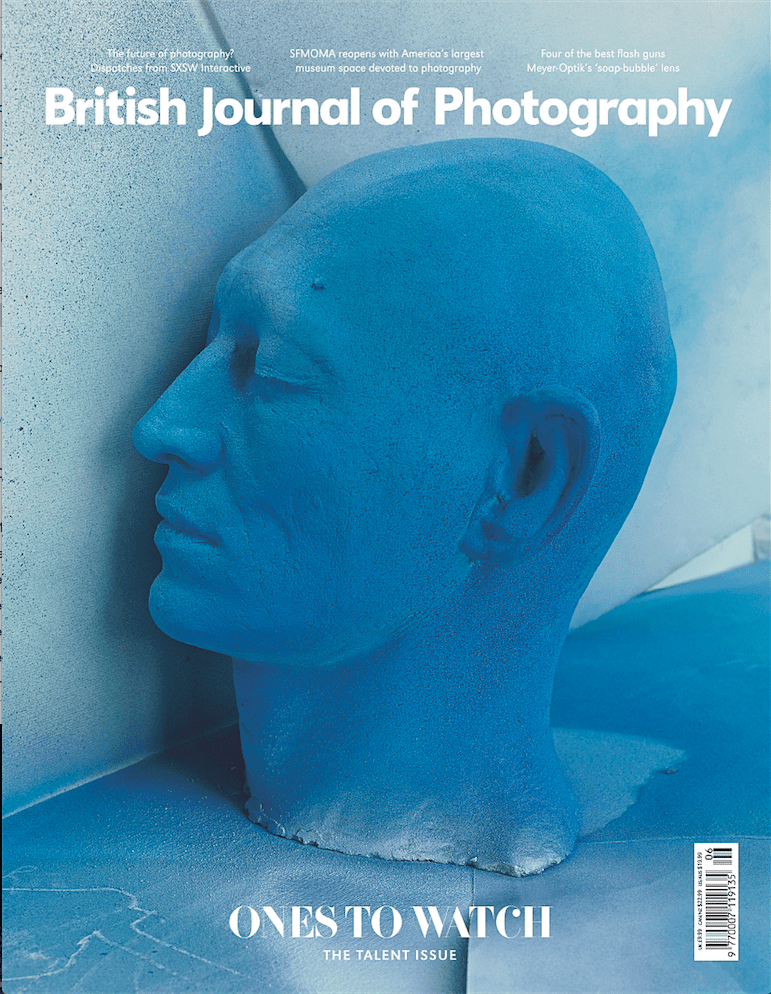Marton Perlaki is part of Ones to Watch, our annual Talent issue where we scour the globe for the next generation of talented image-makers set to dominate the industry. His image, from the series ELEMER, graces the cover, and this week he’s taking over our Instagram with daily snapshots and outtakes. Follow him at @martonperlaki.

When was the first time you became aware of photography? How old were you? What is the primary reason you became a photographer?
My first encounter with photography was at Grammar School. I was probably around 16 years old. I originally wanted to major in drawing and painting, but the year I got admitted, the Catholic church repossessed the school, so I had no choice but to take up religious studies instead.
A friend of mine then encouraged me to enter a photography school and I did. It wasn’t love at first sight. I really hated all the technical aspects of photography. I felt it distracted me from focusing on the subject I wanted to capture. It sounds a little over-romanticised, but I fell in love with photography in the darkroom. How the pictures I took came to existence on a white sheet of paper was just magical.
What are the common themes, subjects or concerns that run through all your work?
I think my pictures have a certain childish, absurd humour which plays an important role in my work. I think about photography as a sort of therapy for the mind. I am trying to understand something about myself through the process and the final work. I am drawn towards certain topics which are in relation to my current emotional and mental state. I am definitely looking for subjects which for me has a symbolic relevance to how I feel. But I always try to make sure that I am not forcing my own narrative to the viewer.
Can you describe what you’re looking for in a photograph – are there any particular aesthetic concerns, or are you purely led by your engagement with your subjects?
I am looking for something enigmatic in a photograph. Something that cannot be read and understood immediately and clearly. I mostly aim for simplicity when it comes to technique. I really like using natural or available light. The reason behind that is not primarily aesthetic – more about keeping the focus on the context to the subject or object I am photographing. I also think that simple and ‘innocent’ visual composition creates a good balance with the whimsical, sometimes mischievous nature of my photographs.
What’s the genesis of this project?
The whole project started because I desperately felt the need to work on a personal project after many commissioned jobs. It started as a stream of ideas, but the trigger was a series of cards that companies used to include in packs of cigarettes in the first half of the century.
The ones I found display useful household tips and wacky bar pick-up tricks.
On first glance, the images on these cards look silly and nonsensical. But when you flip them over and read the corresponding text, the pictograms suddenly make perfect sense. This discovery started the whole series of ELEMER.
What is the one photograph you’d save in a nuclear apocalypse?
I’d probably save a photograph, which evoke happy, nostalgic feelings in me. Some goofy picture of someone I love.
What’s your message to your younger self, in the moment they decided to be a photographer?
Just take it easy! And read The 10 Rules for Students, Teachers and Life by John Cage and Sister Corita Kent. It’s spot on.
See more of Marton’s work here. And see new, previously unseen work on BJP’s Instagram feed.
